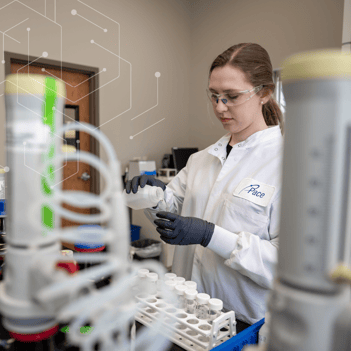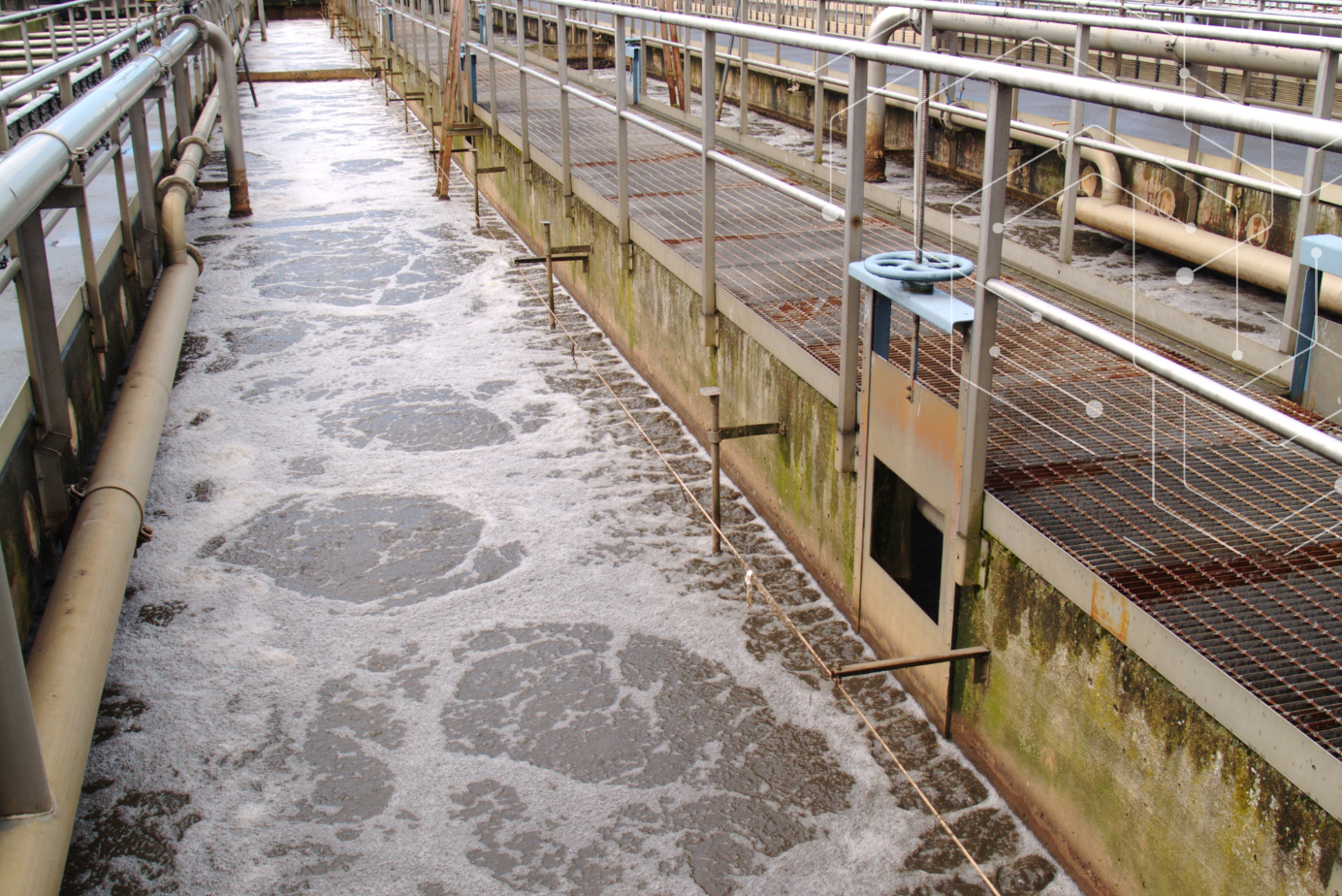On February 2nd, Pace® delivered a live webinar titled “A Deep Dive into the Third Revision of Draft Method 1633.” This webinar was widely attended, and as anticipated, we received a number of questions using the Q&A feature on the portal. Since there were too many questions to answer in the time allotted and the questions received are relevant to the entire PFAS stakeholder community, we decided to create a downloadable FAQ.
Although most likely everyone attending has seen a copy of the 3rd Draft, here is a link to the document. Where helpful, we provide direct method citations for certain sections in some of our answers. In cases where multiple questions were submitted asking essentially the same thing, we often paraphrased to articulate the essence of those questions. In addition, we also paraphrased some of the questions to provide all readers with a better understanding of the question’s context.
You can download the entire FAQ, but here are answers to a couple of the questions we’ve been hearing from Pace® customers about the 3rd Draft of Draft Method 1633:
Q: This being the 3rd Draft, are labs required to conform to this draft revision?
A: Most of the changes in the 3rd Draft were editorial clarifications or additions. The changes that might affect protocol can be implemented by the laboratory, if desired. But many such examples in this draft are not REQUIRED. An example is the addition of the apparent option to centrifuge aqueous samples with high TSS (Total Suspended Solids). Although there are no specific protocols for this is in the 3rd Draft, labs may do so if they deem it necessary. As always, you should check with the lab if a specific method requirement is critical to your project.
Q: You discussed “poor performers” during the webinar, and the potential that some of them MIGHT be dropped from future revisions for certain matrices. Can you provide further insight?
A: The data in the Single Lab Validation (SLV) report show that, for several matrices, the recoveries of the labeled EIS compounds were very low. This not only indicates poor performance of those compounds but also their unlabeled analogues, which are target analytes. This was especially true for the sulfonamide (FOSA) and sulfonamidoethanol (FOSE) compounds in tissues, with average recoveries of <25% for the deuterated forms of NMeFOSA, NEtFOSA, NMeFOSE, and NEtFOSE. Reduced recoveries were also recorded for these compounds in Biosolids (35-55%), Landfill Leachates (~55%), and Wastewater (~50%).
Table 8 in the 3rd Draft includes a note for 8 EIS compounds stating, “In the multi-laboratory validation study data for wastewater matrices, some laboratories had difficulties achieving EIS recoveries in this range.” Table 8A in the 3rd Draft summarizes the SLV data for EIS recoveries in solid and tissue matrices.
Download the full Draft Method 1633 FAQ
Have questions? We have answers!
If you have questions on the 3rd draft of Draft Method 1633, reach out to us. Pace® has been participating in the multi-lab validation program for Draft Method 1633, and several of the labs in our network are already using Draft Method 1633 for client projects. Once the 4th Draft of Draft Method 1633 is published (expected in early 2023), we will sharing our insights on this version as well. You can subscribe here to get the details.


.png)


